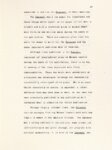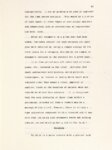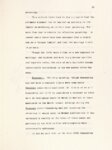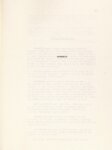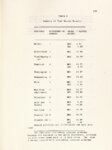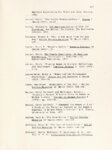| Description |
This thesis combines perspectives in social-psychology, women's history and Western Americana, in research on a previously unexplored area: Constants and changes, role prescriptions for Mormon women. The research involved doing a content analysis, using one issue per year for 102 years, 1883-1984, of the major Mormon publications which were aimed at adult females: the Women's Exponent, The Relief. Society Magazine and the Ensign. After the initial data gathering phase, Box-Jenkins ARlMA time series analysis techniques were applied to the data--perhaps for the first time ever on these documents. The statistical analysis was followed by an interpretive analysis. The focus of this project was accessing constants and changes over time in prescribed roles (not necessarily observed behavior) for orthodox Mormon women. What roles were encouraged, discouraged or just plain ignored at various times? Do roles so defined change over time? Is it possible to lag these changes onto specific historical events in the wider culture? The unequivocable constants in role definitions for Mormon women over the last 10Z years have been, Church activity, motherhood, and sisterhood. Wife, homemaker and student are categories for which rhetorical inclusion has been constant even if the relative emphasis given these roles has not been constant. Employment is a transition category between constants and changes. Feminism, arts and crafts, political activity and volunteer activity were the apparent "changes" in this study. |






























